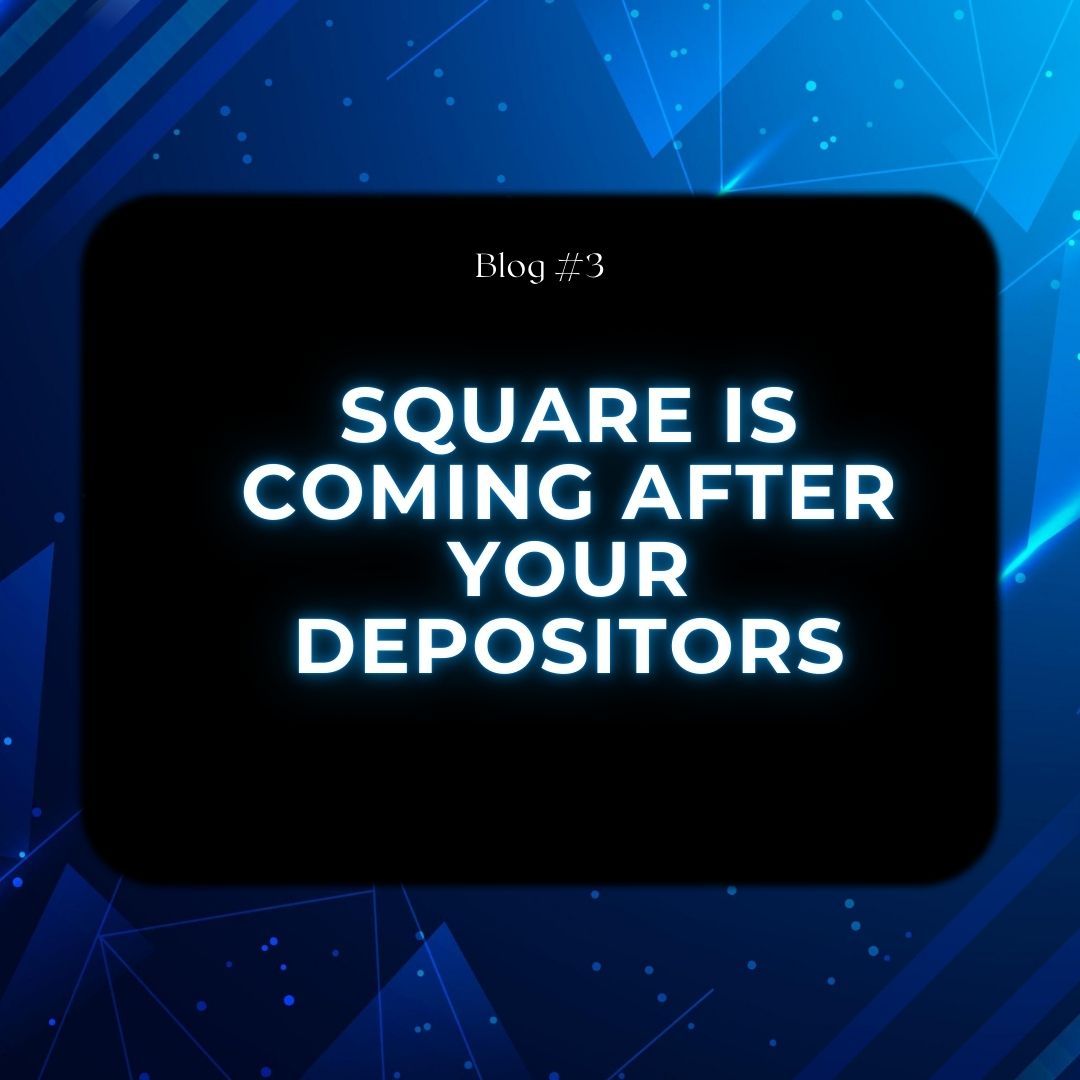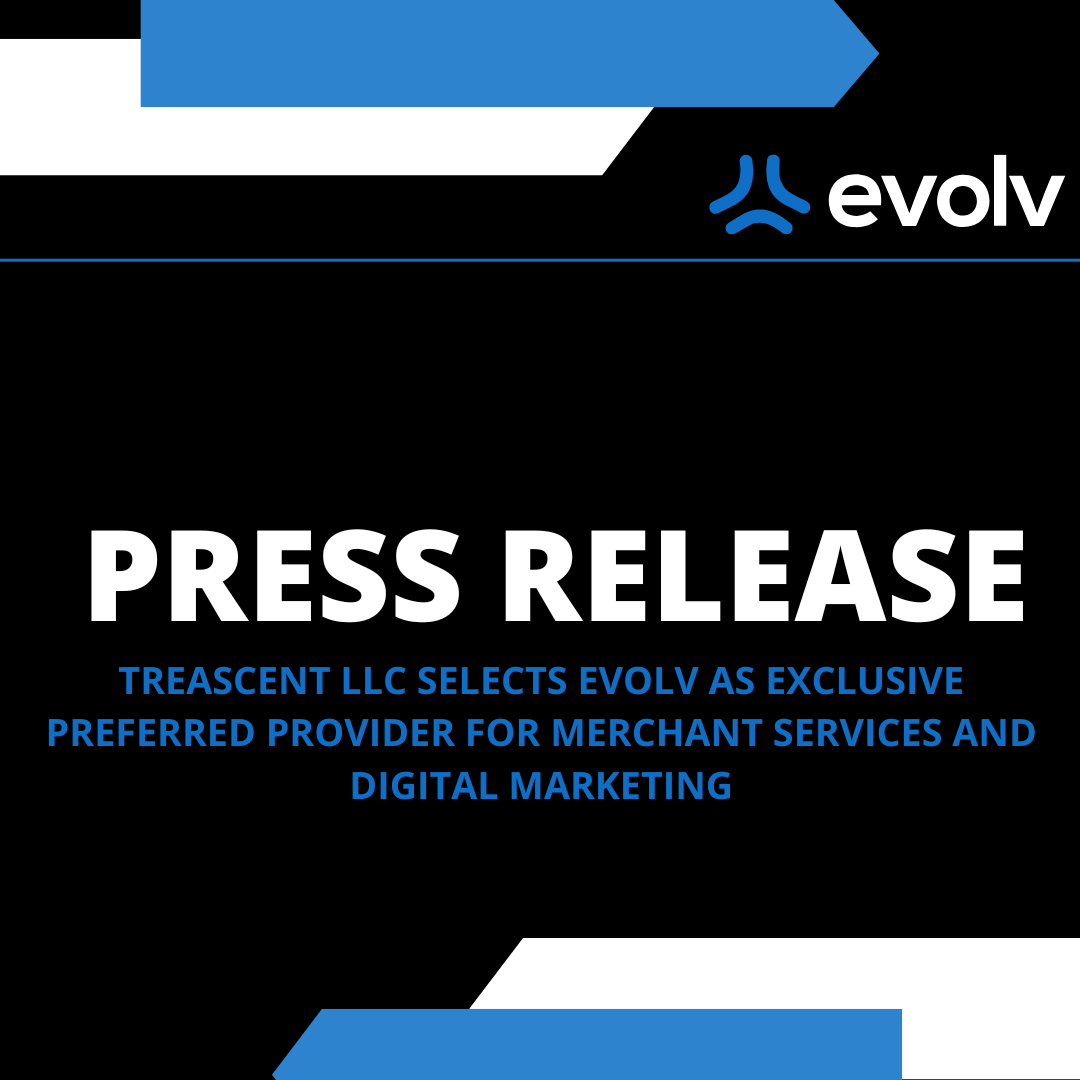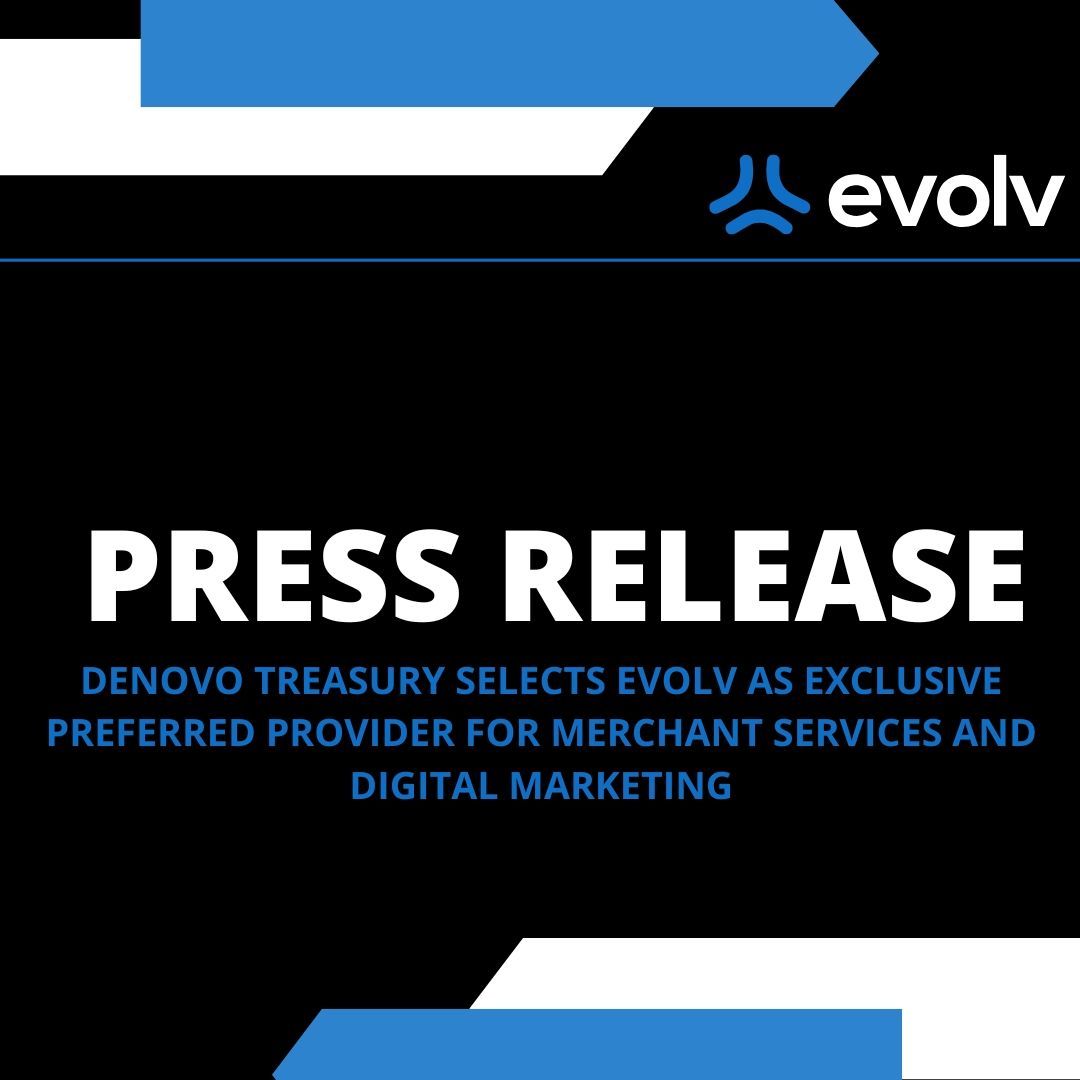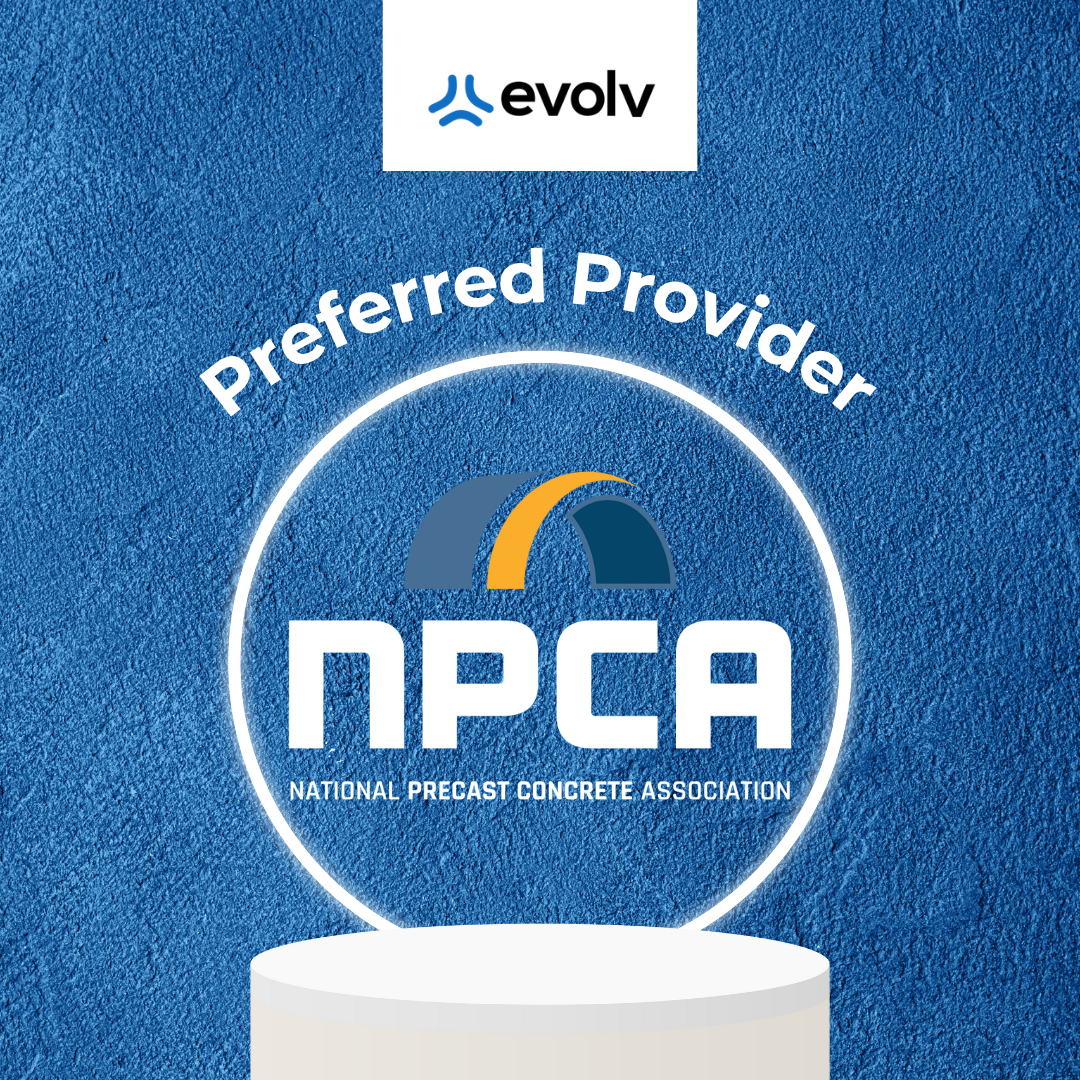Square is Coming After Your Depositors

The Growing Challenge of Square Financial Services
As a merchant services sales professional, you understand Square’s dominance in the industry. But Square is no longer just a payment processor; it is now actively pulling small businesses into its banking ecosystem, siphoning deposits from traditional financial institutions. This shift puts your clients at risk of being locked into Square’s services, often without realizing the true costs and limitations.
Your role is to help businesses make informed decisions about payment processing and banking solutions. This guide equips you with the insights needed to position your offerings as the superior alternative to Square, giving you the competitive edge to win more business.
Square Financial Services: What You Are Up Against
Square’s Banking Solutions
Founded in 2021, Square Financial Services, Inc. is an FDIC-insured institution specializing in commercial lending. However, many of its core banking products rely on Sutton Bank, a small Ohio-based institution with $1.5 billion in assets.
Key Products:
- Square Checking: Instant access to sales revenue.
- Square Savings: Automated savings tools integrated with sales processing.
- Square Loans: Short-term financing with high costs.
- Square Bill Pay: Direct vendor payments from Square accounts.
Square positions itself as an all-in-one financial solution, making money management simpler for business owners. Your challenge is to highlight why your merchant services solutions are more cost-effective, reliable, and backed by superior customer service.
Why Merchants Choose Square (and How to Overcome It)
For many businesses, Square’s biggest draw is convenience. Its easy sign-up process—instant approval and no direct interaction with sales reps—removes friction for business owners who want to start quickly. Traditional merchant service providers, in contrast, often require more thorough underwriting.
What Square Does Well:
- No monthly fees for basic plans.
- Instant approval and easy onboarding.
- All-in-one platform for payments, banking, and payroll.
- User-friendly mobile and web interfaces.
- Strong brand presence and aggressive marketing.
While these features are appealing, many businesses don’t realize the hidden costs of Square’s services until they’re locked in. This is where you step in. Your goal is to educate merchants on these drawbacks and offer a superior alternative.
The Hidden Costs and Risks of Square Processing
1. High Transaction Fees
Square’s pricing structure appears simple but is expensive compared to traditional merchant services:
- Card-present transactions: 2.6% + $0.10 to $0.15
- Remote transactions: 2.9% + $0.30
- Keyed-in transactions: 3.5% + $0.15
- E-invoicing: 3.3% + $0.30
Positioning Tip: Show merchants how much they can save by switching to your solution. Offer programs like dual pricing or Buyer’s Choice to further reduce costs.
2. Risk of Account Freezing
Square’s aggregator model means accounts can be frozen or terminated without warning, potentially crippling a business’s cash flow.
Positioning Tip: Emphasize the stability and security your merchant accounts provide, ensuring uninterrupted payment processing.
3. Poor Customer Support
Square’s customer service is notorious for requiring merchants to interact with chatbots before they can speak to a real person. This is a major pain point when businesses need immediate assistance.
Positioning Tip: Highlight your direct access to human support, personalized service, and hands-on guidance.
4. No Offline Processing
Square transactions stop when the internet goes down, leaving businesses unable to process payments.
Positioning Tip: Showcase how your merchant services offer offline processing, ensuring business continuity during outages.
5. High-Cost Loans with Hidden Fees
Square loans carry steep costs, often with a 14.5% flat fee, making them significantly more expensive than traditional financing options.
Positioning Tip: Educate merchants on the true cost of Square loans and offer them access to more transparent, flexible financing solutions.
How to Sell Against Square and Win More Business
1. Identify Square Users in Your Portfolio
Many of your current or prospective clients may already be using Square. Use data to identify them:
- Request a Foreign ACH Receiver’s Report from your bank partners. Square users will appear as “Square Inc.”
- Reach out proactively and start a conversation.
2. Educate Merchants on Their Options
Business owners often choose Square because they believe it’s the best option. Your job is to show them a better way.
3. Lead with Cost Savings and Stability
Break down the math for merchants. Show them exactly how much they are overpaying with Square and how much they can save with your solution.
4. Promote Dual Pricing and Surcharging
Square does not offer dual pricing or Buyer’s Choice programs—meaning merchants absorb all processing costs. Your solution allows them to pass fees to customers, increasing their margins.
5. Sell Your Personalized Service and Support
Differentiate yourself by offering:
- A direct relationship with a real person.
- Hands-on guidance and support.
- Tailored solutions designed for each merchant’s unique needs.
Final Thoughts: Beat Square!
Square is aggressively targeting small businesses, but your solution provides greater value: lower costs, more reliability, and superior customer support.
Action Steps:
- Identify Square users in your network and contact them proactively.
- Show merchants the true cost of Square compared to your offerings.
- Educate business owners about dual pricing, surcharging, and offline processing.
- Position yourself as a trusted partner, not just another processor.
Now is the time to act. Square is coming after your merchant and prospects—what are you doing to beat them?













